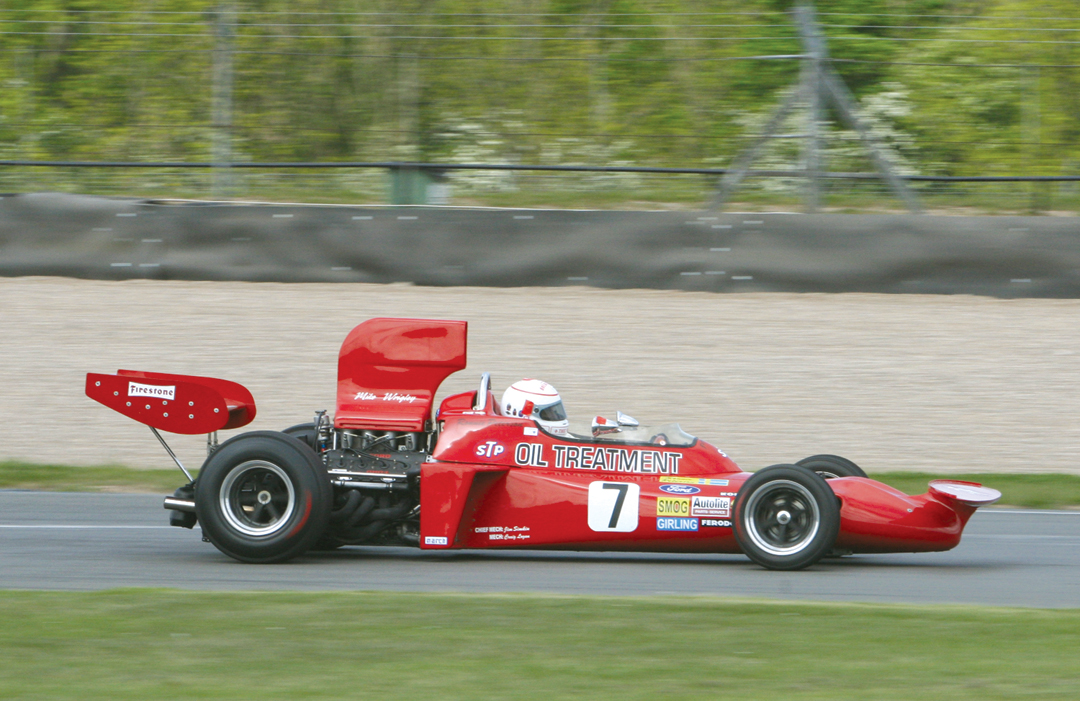After some 50 years of automobile racing, the Grand Prix Formula, or Formula One, was created by the Federation Internationale de L’Automobile (FIA) in 1950, with its first race being the British Grand Prix at Silverstone. It began as a World Championship for drivers, but since it also featured the world’s most technically advanced single-seater racing cars, in 1958 the World Constructors Championship was added. Now one would at last know who the best driver in the world was as well as which manufacturer had constructed the best racing car. In this guide I will cover the period 1966–1983 for cars built to a 500-kg to 585-kg minimum with 3.0-liter normally aspirated engines.
Formula One started from humble beginnings, with teams comprised of groups of talented people working out of small garages, trying to find the money to go racing. During this timeframe the miracle of the racing sponsor was created, and teams grew in size. Great inventions were designed, such as the 3.0-liter Cosworth DFV engine, the slick racing tire, and aerodynamic aides ranging from simple wings to full ground effects. This was the beginning of the English racing car industry, with manufacturers who relied heavily on Cosworth engines and Hewland gearboxes, and also witnessed the racing comeback of Alfa Romeo.
No Subscription? You’re missing out
Get immediate ad-free access to all our premium content.
Get Started



